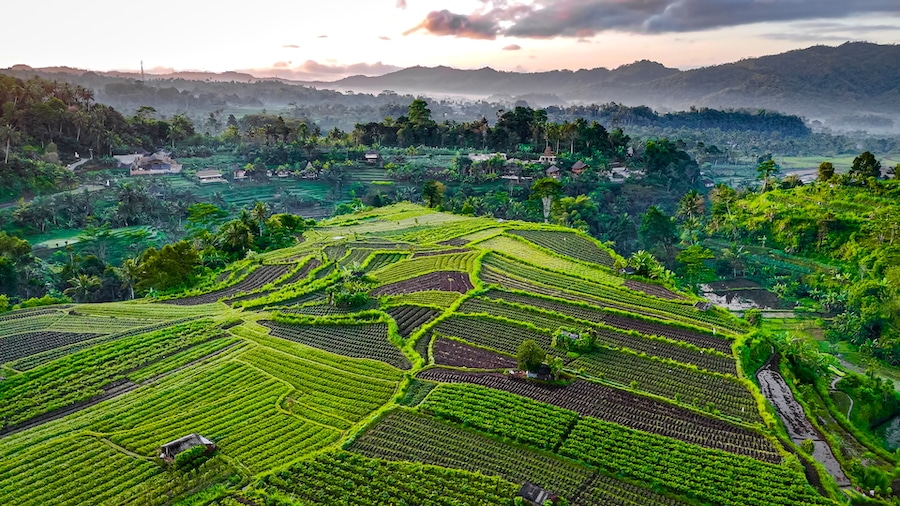This post was originally published on Eco Watch
Rice is the most consumed grain in the world, but new research has found that it will become more toxic as carbon emissions rise and the planet continues to heat up, potentially putting millions at risk of diseases.
Climate change could have a major impact on the arsenic levels found in paddy rice, according to a new study by researchers at Columbia University’s Mailman School of Public Health and colleagues at the Chinese Academy of Sciences and Johns Hopkins Bloomberg School of Public Health.
The researchers found that temperatures above two degrees Celsius and rising levels of carbon dioxide in the atmosphere lead to higher inorganic arsenic (iAs) concentrations in rice, which could increase the lifetime health risks of populations across Asia by 2050, a press release from Columbia’s Mailman School of Public Health said.
“Our results suggest that this increase in arsenic levels could significantly elevate the incidence of heart disease, diabetes, and other non-cancer health effects,” said Lewis Ziska, an associate professor of environmental health sciences at the Columbia Mailman School, in the press release. “As rice is a dietary staple in many parts of the world, these changes could lead to a substantial rise in the global burden of cancer, cardiovascular diseases, and other arsenic-related health issues.”
Ziska explained that climate-related shifts in soil chemistry favoring arsenic that is more easily absorbed into rice grain are likely responsible for the higher arsenic levels.
The research team measured the impacts of carbon dioxide and rising temperatures on 28 strains of rice over a decade in the field. They used Free-Air CO2 Enrichment (FACE) methodology along with advanced modeling techniques to estimate doses of iAs and health risks in seven Asian countries — China, India, Bangladesh, Indonesia, the Philippines, Myanmar and Vietnam.
The team calculated health risks for both cancer and non-cancer outcomes. Their projections for 2050 suggested a steep jump in lifetime cancer cases, especially lung and bladder cancers. In China, where cases were projected to be the highest, it was estimated that 13.4 million people would develop cancers associated with rice-based exposure to arsenic.
“From a health perspective, the toxicological effects of chronic iAs exposure are well established, and include cancers of the lung, bladder, and skin, as well as ischemic heart disease. Emerging evidence also suggests that arsenic exposure may be linked to diabetes, adverse pregnancy outcomes, neurodevelopmental issues, and immune system effects,” Ziska said.
The study, “Impact of climate change on arsenic concentrations in paddy rice and the associated dietary health risks in Asia: an experimental and modelling study,” was published in the journal The Lancet Planetary Health.
It is the first detailed study of the effects of rising temperatures and carbon levels on arsenic buildup in rice.
“Aside from drinking water, rice is the largest dietary source of inorganic arsenic,” the authors of the findings wrote. “Rice consumption in southern China and southeast and south Asia is already recognised as an important contributor to dietary inorganic arsenic exposure and cancer risk.”
Ziska said, based on the findings, the team believes there are several things that can be done to help reduce arsenic exposure going forward.
“These include efforts in plant breeding to minimize arsenic uptake, improved soil management in rice paddies, and better processing practices. Such measures, along with public health initiatives focused on consumer education and exposure monitoring, could play a critical role in mitigating the health impacts of climate change on rice consumption,” Ziska said. “Our study underscores the urgent need for action to reduce arsenic exposure in rice, especially as climate change continues to affect global food security.”
The post Climate Change Will Increase Arsenic Levels in Rice, Study Finds appeared first on EcoWatch.





0 Comments